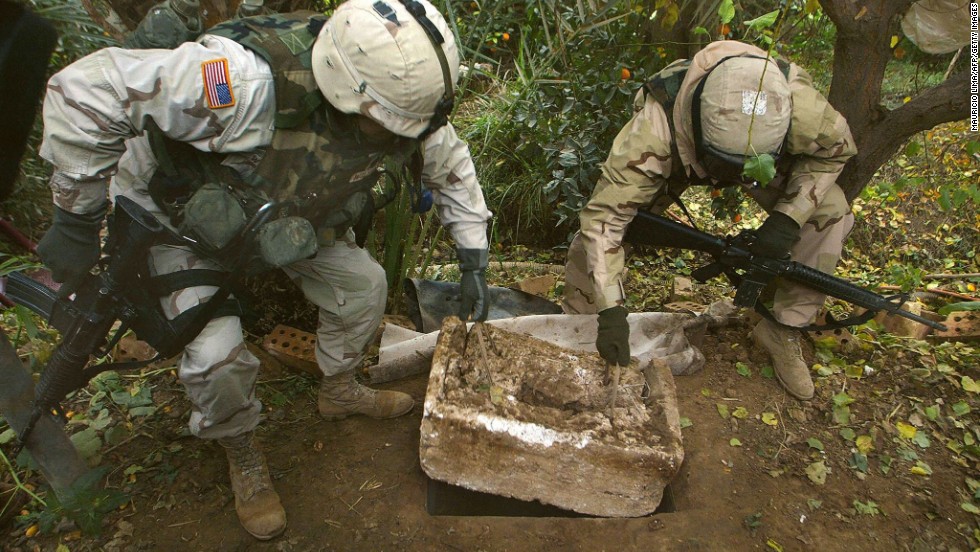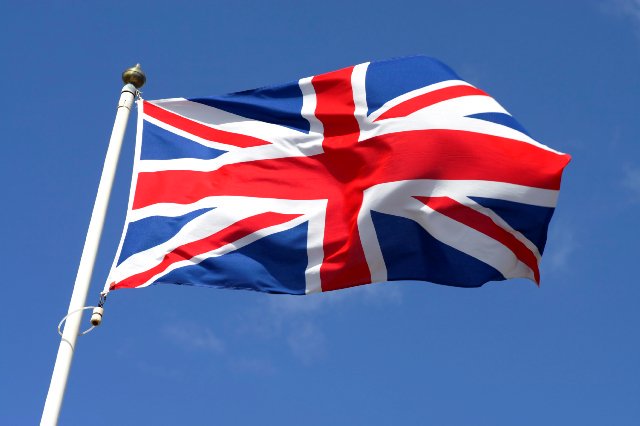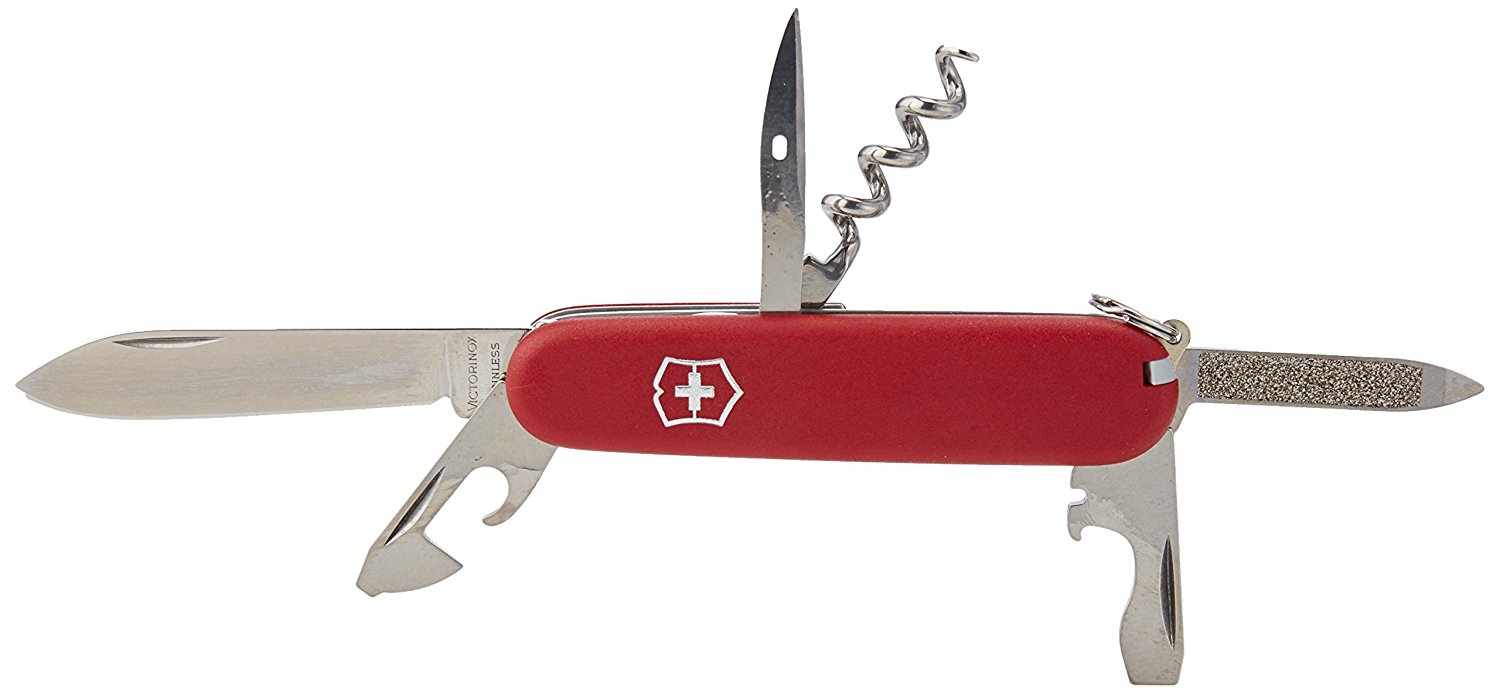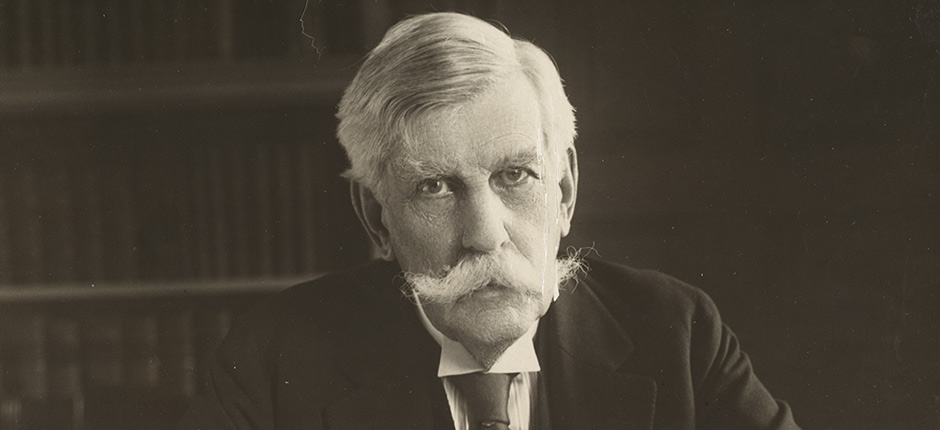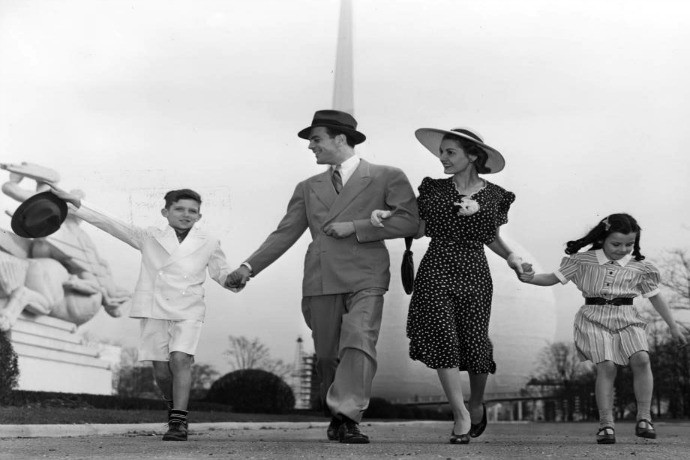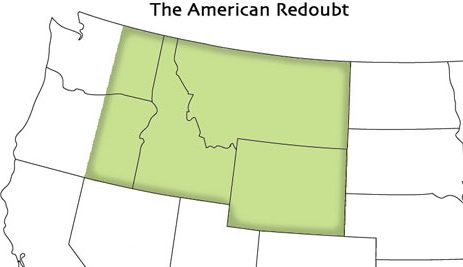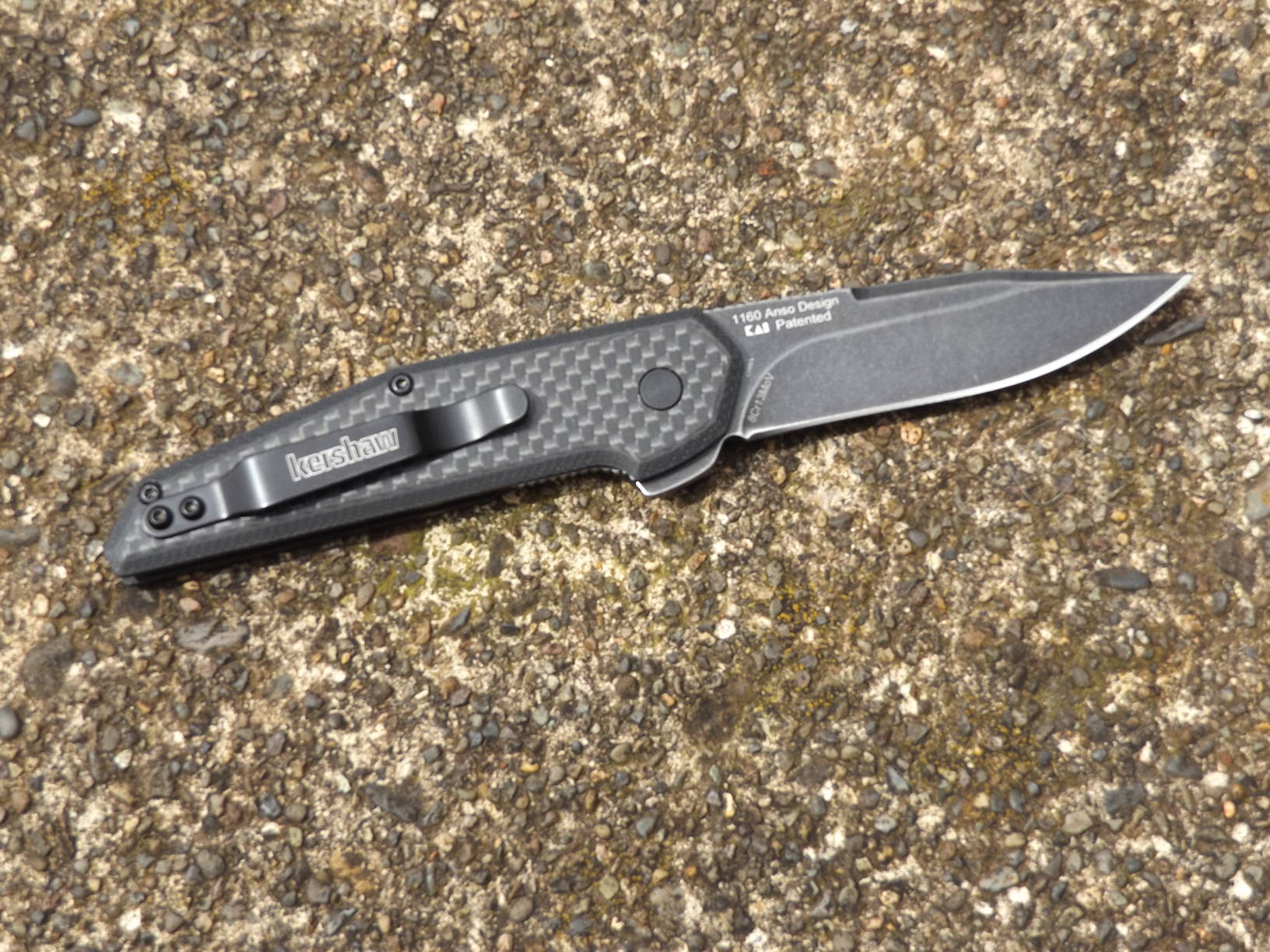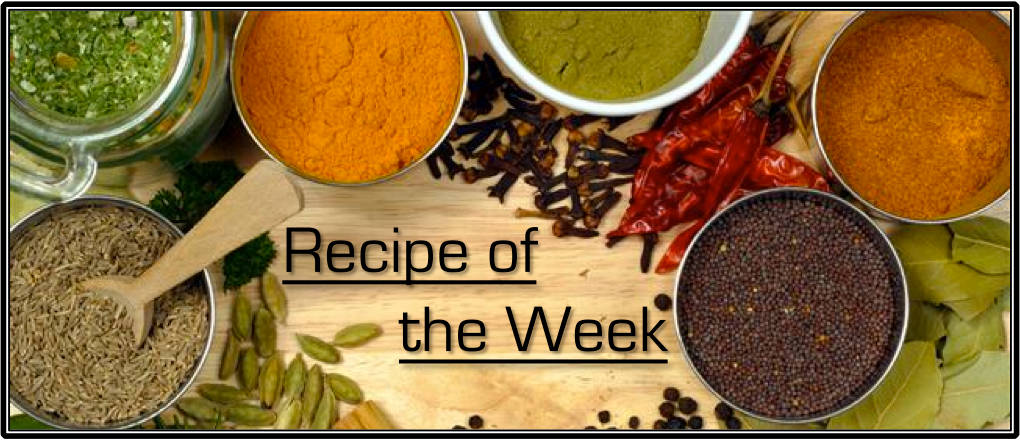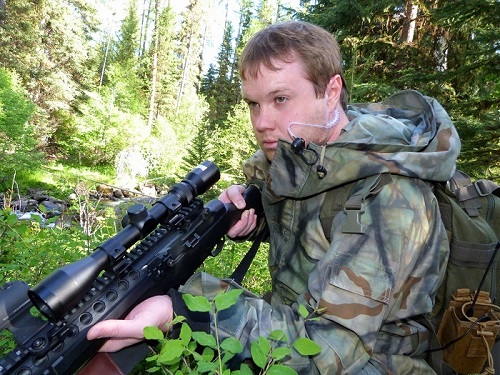Libertarianism is the philosophy which says that you can run your life better than the government can, and you have the right to be left alone in order to do it. – Unknown
- Ad USA Berkey Water Filters - Start Drinking Purified Water Today!#1 Trusted Gravity Water Purification System! Start Drinking Purified Water now with a Berkey water filtration system. Find systems, replacement filters, parts and more here.
- Ad STRATEGIC RELOCATION REALTYFOR SALE: Self-sustaining Rural Property situated meticulously in serene locales distant from densely populated sanctuary cities. Remember…HISTORY Favors the PREPARED!
Preparedness Notes for Wednesday – December 13, 2017
December 13th is the birthday of Sergeant Alvin York.
Also, after spending nine months on the run, former Iraqi dictator Saddam Hussein was capture on December 13, 2003. During his 24 years in office, Saddam’s secret police, charged with protecting his power, terrorized the public, ignoring the human rights of the nation’s citizens. While many of his people faced poverty, he lived in incredible luxury, building more than 20 lavish palaces throughout the country. It was fitting that, in the end, he was hiding in nothing more than a hole in the ground covered by plywood.
o o o
Now is a good time to finish up that article you’ve been sitting on and get it sent into the SurvivalBlog writing contest! Send it to the editors’ address
o o o
SurvivalBlog Writing Contest
Today features another entry for Round 74 of the SurvivalBlog non-fiction writing contest. The nearly $11,000 worth of prizes for this round include:
First Prize:
- A $3000 gift certificate towards a Sol-Ark Solar Generator from Veteran owned Portable Solar LLC. The only EMP Hardened Solar Generator System available to the public.
- A Gunsite Academy Three Day Course Certificate. This can be used for any one, two, or three day course (a $1,095 value),
- A course certificate from onPoint Tactical for the prize winner’s choice of three-day civilian courses, excluding those restricted for military or government teams. Three day onPoint courses normally cost $795,
- DRD Tactical is providing a 5.56 NATO QD Billet upper. These have hammer forged, chrome-lined barrels and a hard case, to go with your own AR lower. It will allow any standard AR-type rifle to have a quick change barrel. This can be assembled in less than one minute without the use of any tools. It also provides a compact carry capability in a hard case or in 3-day pack (an $1,100 value),
- Two cases of Mountain House freeze-dried assorted entrees in #10 cans, courtesy of Ready Made Resources (a $350 value),
- A $250 gift certificate good for any product from Sunflower Ammo,
- Two cases of Meals, Ready to Eat (MREs), courtesy of CampingSurvival.com (a $180 value), and
- American Gunsmithing Institute (AGI) is providing a $300 certificate good towards any of their DVD training courses.
Second Prize:
- A Model 175 Series Solar Generator provided by Quantum Harvest LLC (a $439 value),
- A Glock form factor SIRT laser training pistol and a SIRT AR-15/M4 Laser Training Bolt, courtesy of Next Level Training, which have a combined retail value of $589,
- A gift certificate for any two or three-day class from Max Velocity Tactical (a $600 value),
- A transferable certificate for a two-day Ultimate Bug Out Course from Florida Firearms Training (a $400 value),
- A Trekker IV™ Four-Person Emergency Kit from Emergency Essentials (a $250 value),
- A $200 gift certificate good towards any books published by PrepperPress.com,
- RepackBox is providing a $300 gift certificate to their site.
Third Prize:
- A Royal Berkey water filter, courtesy of Directive 21 (a $275 value),
- A large handmade clothes drying rack, a washboard, and a Homesteading for Beginners DVD, all courtesy of The Homestead Store, with a combined value of $206,
- Expanded sets of both washable feminine pads and liners, donated by Naturally Cozy (a $185 retail value),
- Two Super Survival Pack seed collections, a $150 value, courtesy of Seed for Security, LLC,
- Mayflower Trading is donating a $200 gift certificate for homesteading appliances, and
- Two 1,000-foot spools of full mil-spec U.S.-made 750 paracord (in-stock colors only) from www.TOUGHGRID.com (a $240 value).
Round 74 ends on January 31st, so get busy writing and e-mail us your entry. Remember that there is a 1,500-word minimum, and that articles on practical “how to” skills for survival have an advantage in the judging.
- Ad Ready Made Resources, Trijicon Hunter Mk2$2000 off MSRP, Brand New in the case
- Ad SIEGE belt: the original unmatched action belt. Proven in many unexpected situations on wearers' daily routines & travels. Engineered for extreme durability, performance, comfort & stunning looks. The only effective EDC you can take anywhere.SIEGE STOVES: prep for adventure/crisis with the ultimate ultra-compact survival stove. SIEGE BELTS: prized by those in the know. Blazing fast. Stunning appearance. USA-made.
Survivalism, Prepping, and OPSEC: An Alternative View, by Todd
The topic of OPSEC (operations security) comes up all the time on SurvivalBlog, and I wholeheartedly agree that it is an important topic for all of us. But I believe it is an important topic with potentially more than one right answer, depending on your particular situation and mindset.
Standard OPSEC Based On Secrecy
The standard answer to OPSEC on SurvivalBlog (and just about everywhere else) is based on secrecy and the general concept of keeping your preps, your location, your networks, and sometimes even your survivalist mentality all to yourself, or at the very least known to as few other people as possible. This is very similar to the conventional OPSEC practiced in the military, where it almost always makes good tactical sense to employ a “need to know” philosophy. After all, if an adversary knows your exact location and your defenses, he can use that information to shape his attack and increase his chances of success.
Less Strategic Sense To Keep Things Completely Secret
But just like in some examples in the military, it can actually make less strategic or “big picture” sense to keep such things completely secret. For example, an adversary or an ally can both be significantly influenced by knowing about one’s strong military and its capabilities, or by being informed of decisions and actions that have been or will be taken. Along those lines, in my personal life, I’ve gone with another OPSEC route for several reasons.
Continue reading“Survivalism, Prepping, and OPSEC: An Alternative View, by Todd”
- Ad California Legal Rifles & Pistols!WBT makes all popular rifles compliant for your restrictive state. Choose from a wide range of top brands made compliant for your state.
- Ad Trekker Water Station 1Gal Per MinuteCall us if you have Questions 800-627-3809
Economics & Investing For Preppers
Here are the latest items and commentary on current economics news, market trends, stocks, investing opportunities, and the precious metals markets. We also cover hedges, derivatives, and obscura. And it bears mention that most of these items are from the “tangibles heavy” contrarian perspective of JWR. (SurvivalBlog’s Founder and Senior Editor.) Today’s focus is on Great Britain’s voter-mandated exit from the European Union (commonly called Brexit).
Precious Metals:
Precious Metals Outlook 2018 – Platinum to outperform palladium
Stock Market:
When it comes to 2018 investing, ‘boring’ is better, portfolio manager says (Has auto-start video.)
Continue reading“Economics & Investing For Preppers”
- Ad Click Here --> Civil Defense ManualNOW BACK IN STOCK How to protect, you, your family, friends and neighborhood in coming times of civil unrest… and much more!
- Ad Survival RealtyFind your secure and sustainable home. The leading marketplace for rural, remote, and off-grid properties worldwide. Affordable ads. No commissions are charged!
JWR’s Recommendations of the Week
Here are JWR’s Recommendations of the Week for various media and tools of interest to SurvivalBlog readers. This week the focus is on Victorinox Swiss Army knives.
Books:
Endurance: A Year in Space, A Lifetime of Discovery
o o o
The Winter Survival Handbook: 157 Winter Tips and Tricks
o o o
Movies:
Ben-Hur: 50th Anniversary Edition. JWR’s Comment: The recent remake pales in comparison. Charlton Heston’s performance as the leading man is great, and so is the film-making.
o o o
The Last Ridge: The 10th Mountain Division. This documentary is available on DVD, or free streaming for those with Amazon Prime.
- Ad Civil Defense ManualClick Here --> The Civil Defense Manual... The A to Z of survival. Looks what's in it... https://civildefensemanual.com/whats-in-the-civil-defense-manual/
- Ad LifeSaver 20K JerryCan Water PurifierThe best water jerrycan you can buy on the market! Mention Survivalblog for a Free Filter ($130 Value)
The Editors’ Quote of the Day:
“If there is any principle of the Constitution that more imperatively calls for attachment than any other, it is the principle of free thought — not free thought for those who agree with us but freedom for the thought that we hate.” – Supreme Court Justice Oliver Wendell Holmes
- Ad USA Berkey Water Filters - Start Drinking Purified Water Today!#1 Trusted Gravity Water Purification System! Start Drinking Purified Water now with a Berkey water filtration system. Find systems, replacement filters, parts and more here.
- Add Your Link Here
Preparedness Notes for Tuesday – December 12, 2017
On December 12, 1989, the Queen of Mean was sentenced to four years in prison, 750 hours of community service, and a $7.1 million tax fraud fine in New York. Leona Helmsley, nicknamed the “Queen of Mean” by the press, became the object of loathing and disgust when she quipped that “only the little people pay taxes.” Helmsley died in August 2007 at age 87. She famously left $12 million to her dog, Trouble.
Continue reading“Preparedness Notes for Tuesday – December 12, 2017”
Start Now, While You Can, Because You Can, by Old Bobbert
These short published blog articles, these pieces of myself, of ourselves, concerning preparedness, survivalism, self awareness, and personal readiness are created to help the reader to start taking action and learn to fight ignorance and greed. From my side of these entries, I do not promote myself as an expert; I’m just another concerned guy who wants to help others and perhaps showcase my personal opinions. Not even a little of the real me has ever shown completely through these prepper pages, these pieces of our lives,.
Prepper Achievement Judged
Moving on, there’s a well justified question begging to be given a platform on which our communal characters can be examined, and therein be prepper achievement judged. Now is the time for all good men and women to come to the aid of our total human family, a family now in great danger, now deep in materialistic self mutilation of our very souls, a family of families now in perilous danger. We few can be the catalyst and positive-oriented answer, if we will only allow ourselves to be all we can be.
That’s a quote from somewhere. Oh, yeah. I remember now. I did four years in the regular army from 1958 to 1962. And that’s really a long long time go. I received $33 monthly and three hots and a cot. Roll-call was at O-dark-30, except Sunday. Imagine being seventeen years old and sent to serve two years in Oahu, Hawaii, where there was no snow and it was not yet a state!
Standing For Values
Some of us have often stood for better values and strived mightily to add even a small measure of individualistic strength of character to the counter forces of goodness and love of country and love of principle. And these efforts have proven to be well timed and very meaningful, especially in the face of political and financial irresponsibility and massive self appeasement. All of these low level vices of our modernistic and usually very self-centered blot of bigotry of digital self enhancement are usually well hidden. They are deadly and growing in strength.
Continue reading“Start Now, While You Can, Because You Can, by Old Bobbert”
SurvivalBlog’s News From The American Redoubt
Here is SurvivalBlog’s News From The American Redoubt. This weekly column features news stories and event announcements from around the American Redoubt region. We also mention companies of interest to preppers that are located in the region. The emphasis this week is on realtor Todd Savage, who was profiled in the recent American Redoubt article series.
Region-Wide (Todd Savage)
The huge Southern California wildfires had been raging for so many days that the local fire crew were at the point of exhaustion. So late last week the call for help went out, and fire departments from throughout the western United States responded. I’m proud to report that many of the volunteer departments that responded were from American Redoubt. It has been reported that “fire crews from Boise, Meridian, Kuna, and Star left Thursday morning for California to help provide assistance in any way they can.” Ditto for Montana. Ditto for Oregon. May God bless them, protect them, keep their families at home safe in their absence, and bring them all home safely!
o o o
The fifth (and presumably final) installment of the American Redoubt article series at The Sandpoint Reader has been posted. It focuses on Redoubt realtor and retreat consultant Todd Savage: Profiles of the Redoubt: The Redoubt Realtor. JWR’s Comments: Before this series began, I warned SurvivalBlog readers that it would probably show bias. But in retrospect, I can now see that the series showed very little bias, and that is commendable. So I hereby apologize for my presumptive warning. It was good to see at least one group of journalists set their biases aside and just focus on the facts.
I have known Todd Savage for 14 years. We’ve worked together on a few projects, helping relocation clients. Over the years we’ve referred a lot of business to each other. I never have any hesitation about sending folks to Todd Savage and his ventures. As a Former Marine, he really knows his stuff about retreat security. Todd has also served as a volunteer fireman, so he has first hand knowledge on how to protect retreat properties from fire. And he has a strong background in real estate in general and the Redoubt Region in particular. I highly recommend him.
o o o
The Sandpoint Reader also had this companion piece: The American Redoubt Series: Location, location, location.
Continue reading“SurvivalBlog’s News From The American Redoubt”
The Survivalist’s Odds ‘n Sods:
SurvivalBlog presents another edition of The Survivalist’s Odds ‘n Sods— a collection of news bits and pieces that are relevant to the modern survivalist and prepper from “HJL”. President Trump’s immigration policies get yet another boost due to yet another NYC bomber yesterday.
Another NYC Bomber
Chain migration led to yet another person entering the U.S. who has acted upon wishes of harm. The suicide bomber accidentally set off his device at the wrong moment at the nation’s busiest bus terminal. He had strapped the device inside his pants with Velcro and zip ties, but it went off in a subway corridor and didn’t kill anyone, including the bomber. In typical lame stream media fashion, most reported that despite the bomber claiming ISIS as inspiration (some mention that ISIS claims him), “Details on possible motive were unclear”.
The bombing happened just before 7:30AM and was covered as breaking news by Fox, but CNN and MSNBC, who often claim Fox ignores breaking news that might harm the president, chose instead to cover President Trumps Diet Coke habit instead of the bombing until nearly 9am. Even though the bomber failed to complete his intended mission, he won’t be having children anytime soon due to the location on his body that he carried the bomb.
Second Amendment
Reader G.P. shared this news story that the BATF will be taking another look at “bump stocks”. Congress lost the impetus it started with in it’s quest to ban them and despite having ruled that they only assist in shooting technique rather than modify the firearm, they now want to classify them as a full-auto modification. I’m wondering if you will now have to pay a $200 tax and file paperwork with the BATF if you have opposable thumbs and wear pants with belt loops. The article also continues the short sighted view of the shooting. It was not the “worst mass shooting spree in US history”. I believe the “Wounded Knee Massacre” holds that distinction. It’s worth noting that that one was perpetrated by the U.S. government over Second Amendment issues.
The Editors’ Quote of the Day:
“These people want our guns because they want to run our lives, and they don’t want to worry about getting shot when they try to do so. When you hear that they’ve confiscated my gun, then you’ll know I’m dead.” – Newspaper columnist Dr. Walter Williams
Preparedness Notes for Monday – December 11, 2017
Happy birthday to actress Teri Garr (born 1944.) She was unforgettable in Young Frankenstein.
Kershaw Knives, Fraxion, by Pat Cascio
Today’s knife under review is called the “Fraxion” and is from Kershaw Knives in my home state of Oregon. Kershaw Knives has come a long, long way in a very short period of time, and is a leader in the cutlery field.
Kershaw Knives
It was just back in 1974 when Pete Kershaw left another major knife company in Oregon that he started Kershaw Knives. His products were, and still are, a big hit with the knife-loving public. Just a few short years after starting Kershaw Knives, Pete Kershaw sold out to the KAI Corporation from Japan, and they continue to carry on his name and legacy in the cutlery field.
I have toured the Kershaw factory here in Oregon several times, from their humble beginnings when they only had a dozen or so people actually working on the floor manufacturing knives until their move to a new plant, a much bigger plant, in 2003 that they have already expanded to meet demand for their products. The new plant is huge, too. The shipping department alone and warehouse are big enough to get turned around in and get lost in short order. Unlike some companies, who operate on a “just-in-time” philosophy, Kershaw Knives tries to keep every product in-stock whenever possible. Congrats to them on this!
Recipe of the Week: Chicken Olé, by G.T.
Ingredients:
- 12 tortillas, cut into 6 or 8 pieces each
- 4 cups of coarsely chopped cooked chicken or turkey
- 1 (10 3/4 oz) can of condensed cream of chicken soup
- 1 (10 3/4 oz) can of condensed cream of mushroom soup
- 1 (7 oz) can of green chili salsa
- 1 cup dairy sour cream
- 1 Tbsp grated onion
- 1 1/2 cups grated cheddar cheese
Directions:
- Lightly grease the sides and bottom of a Crockpot.
- In separate bowl, mix together undiluted soups, salsa, sour cream, and onion.
- Inside Crockpot, arrange alternating layers of tortillas, chicken, and soup mixture.
- Cover and cook on low for 4 to 5 hours.
- Sprinkle with cheese and cook on low another 15 or 20 minutes.
Serve with orange and avocado salad, plus additional warm tortillas.
o o o
Useful Recipe and Cooking Links:
Do you have a favorite recipe that would be of interest to SurvivalBlog readers? Please send it via e-mail. Thanks!
Economics & Investing For Preppers
Here are the latest items and commentary on current economics news, market trends, stocks, investing opportunities, and the precious metals markets. We also cover hedges, derivatives, and obscura. And it bears mention that most of these items are from the “tangibles heavy” contrarian perspective of JWR. (SurvivalBlog’s Founder and Senior Editor.) Today’s focus is on economist–and dedicated survivalist–Brandon Smith.
Precious Metals:
Dollar rise pushes gold toward biggest weekly fall since May
o o o
James Howard Kunstler: BTC is Gold’s Proxy in Sounding Fiat Alarm
Stock Markets:
Dow posts first 8-quarter win streak in 20 years. (Has auto-start video.)


